Cities and Regions
 The Algarve stretches from Vila Real de S. António in the east at the Spanish border, to the old fishing port of Sagres in the extreme south-west. This narrow southern strip of Portugal is rich is history, places of interest, tradition towns and modern resorts. There are many fantastic and challenging golf courses, sporting activities, great restaurants and many, many long sandy beaches. Whatever your preference, the Algarve will not disappoint.
The Algarve stretches from Vila Real de S. António in the east at the Spanish border, to the old fishing port of Sagres in the extreme south-west. This narrow southern strip of Portugal is rich is history, places of interest, tradition towns and modern resorts. There are many fantastic and challenging golf courses, sporting activities, great restaurants and many, many long sandy beaches. Whatever your preference, the Algarve will not disappoint.
Aljezur
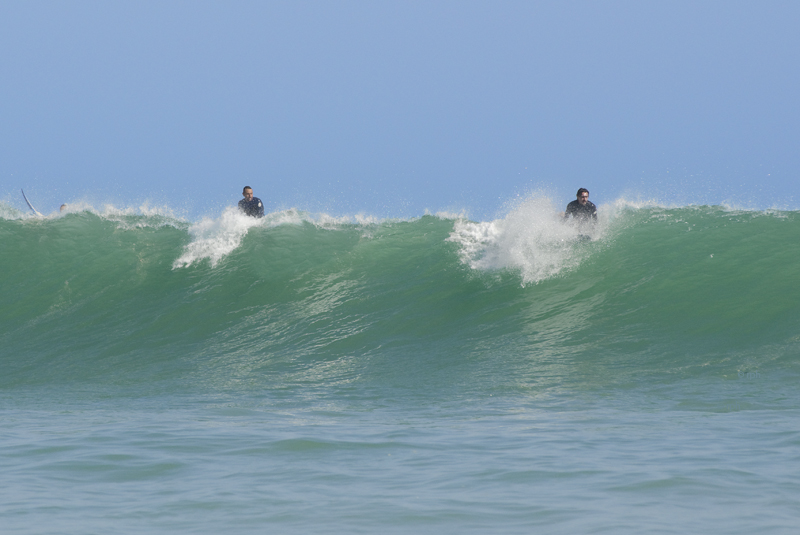 Aljezur, the name being derived from the Arabic word "Aljuzur" (الجزر), the plural of island, sits amid is the splendid landscape of the natural park “Parque Natural de Costa Vincente”, which is a protected area of the Portuguese west coast stretching from Sagres to Odeceixe.
Aljezur, the name being derived from the Arabic word "Aljuzur" (الجزر), the plural of island, sits amid is the splendid landscape of the natural park “Parque Natural de Costa Vincente”, which is a protected area of the Portuguese west coast stretching from Sagres to Odeceixe.
The town itself is in two halves, traversed by the river ‘Ribeira de Aljezur’ and a broad strip of fertile fields and valleys where traditional crops of vegetables, sweet potatoes and peanuts are still grown.
Alvor
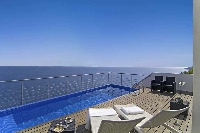 Alvor is a busy little town near the more developed town of Portimão. It has a modern Marina, good shops and some superb restaurants. The narrow streets have a quaint feel and the fishing industry still dominates.
Alvor is a busy little town near the more developed town of Portimão. It has a modern Marina, good shops and some superb restaurants. The narrow streets have a quaint feel and the fishing industry still dominates.
In a prominent position on a hill, overlooking the Atlantic, is the towns castle, considered a significant military monument in the Algarve, with its history linked to nearby Silves.
The originally 16th Century Parish Church was one of the few buildings to survive more or less intact after the earthquake of 1755 and its main doorway is a prime example of the great craftsmanship of the Manueline era of architecture.
There is a good leisure centre near the fisherman’s dock for rainy days. The river of Alvor is popular with canoeists, fisherman and other water sports and the beaches are long and clean.
Carvoeiro
 Carvoeiro is a picturesque fishing village that has grown in recent years into a centre of tourism. Situated about 5 km from the town of Lagoa, Carvoeiro offers a number of small beaches cut by rocky cliffs, with clear waters and fine sand, forming a vacation paradise.
Carvoeiro is a picturesque fishing village that has grown in recent years into a centre of tourism. Situated about 5 km from the town of Lagoa, Carvoeiro offers a number of small beaches cut by rocky cliffs, with clear waters and fine sand, forming a vacation paradise.
Carvoeiro’s history includes Roman remains and pirate caches. According to historical sources, the name of the town was derived from the word “Caboiere”, a former fishing village of Arab origin.
Fishing has been the main source of both sustenance and livelihood here for centuries. Only since the 1960’s and then fully in the 1980’s, has the town been developed as a holiday resort offering sun, sand, excellent golf and water sports.
Lagos
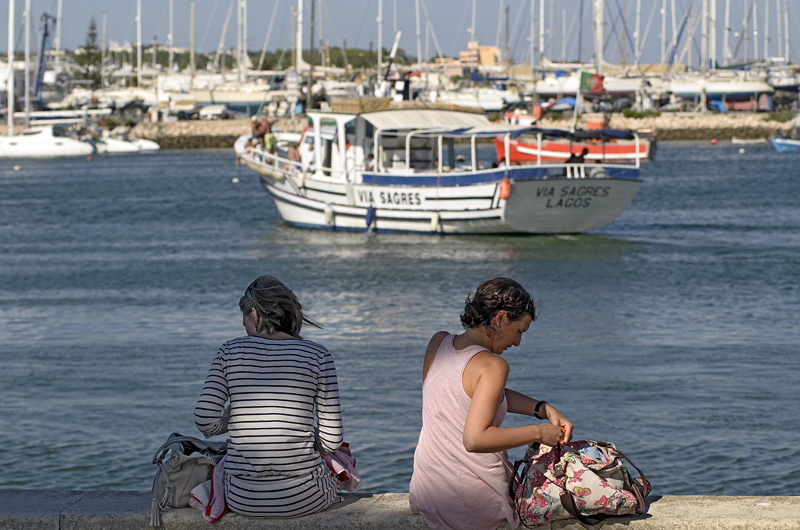 Lagos is a busy seaside town with a young, fun, party feel and also is endowed with a wealth of culture and historic sights; arguably the most historically interesting coastal town in the Algarve.
Lagos is a busy seaside town with a young, fun, party feel and also is endowed with a wealth of culture and historic sights; arguably the most historically interesting coastal town in the Algarve.
It has many famous statues and landmarks set amongst a maze of criss-crossed streets. There are three famous statues in Lagos from which its rich history can be traced.
Lisbon
 Lisbon is the capital and largest city of Portugal. It is one of the oldest cities in the world, outdating other modern European capitals such as London, Paris and Rome by hundreds of years. Julius Caesar made it a municipium called Felicitas Julia. Ruled by a series of Germanic tribes from the fifth century, it was captured by the Moors in the eighth century.
Lisbon is the capital and largest city of Portugal. It is one of the oldest cities in the world, outdating other modern European capitals such as London, Paris and Rome by hundreds of years. Julius Caesar made it a municipium called Felicitas Julia. Ruled by a series of Germanic tribes from the fifth century, it was captured by the Moors in the eighth century.
In 1147, the Crusaders under Alfonso Henriques reconquered the city for the Christians. It lies in the western Iberian Peninsula on the Atlantic Ocean and the River Tagus. Lisbon is the commercial and financial centre of Portugal as well as being recognised for its cultural, artistic and touristic importance.
Monchique
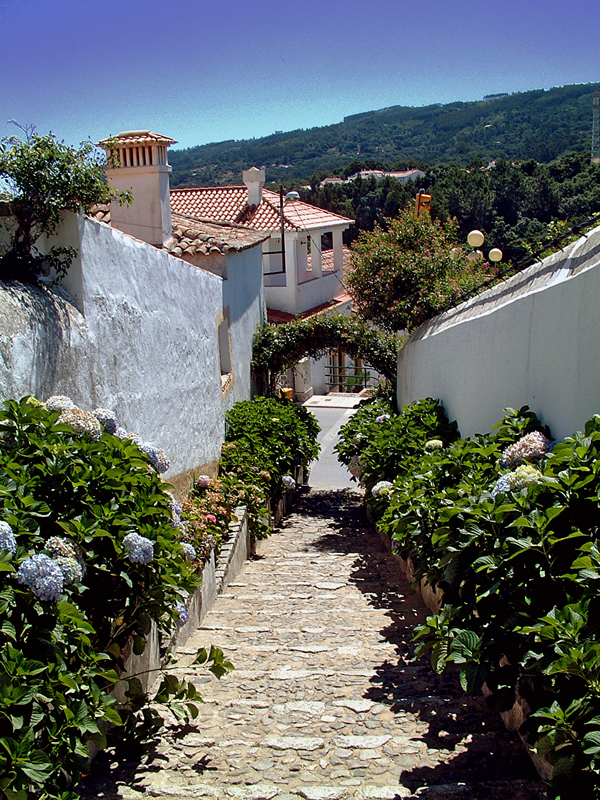 Monchique is a quaint mountain village nestled between the mountains of Foia (902m) and Picota. The borough of Monchique, established in 1773, covers 396.15km2 and forms the backdrop to the boroughs of Portimão and Lagos to the south, Aljezur to the west, Silves to the east and Odemira to the north. Monchique was named by the Romans (Mons Cicus), who originally built the spa at Caldas de Monchique. There is evidence though of the area being populated as far back as the Stone Age.
Monchique is a quaint mountain village nestled between the mountains of Foia (902m) and Picota. The borough of Monchique, established in 1773, covers 396.15km2 and forms the backdrop to the boroughs of Portimão and Lagos to the south, Aljezur to the west, Silves to the east and Odemira to the north. Monchique was named by the Romans (Mons Cicus), who originally built the spa at Caldas de Monchique. There is evidence though of the area being populated as far back as the Stone Age.
Often referred to as the “lungs of the Algarve” the folds of the hills and mountains are covered in a variety of trees – cork oaks, chestnuts, eucalyptus, acacias, lemon trees, fruit trees and the strawberry tree (arbutus unedo) which provides the red berries for the famous firewater “medronho”. Farming is done on terraces built up with stone walls and everywhere there are water tanks capturing the water flowing from hundreds of natural springs. A drive up the mountain offers amazing panoramic views of the south and west coasts. It is the perfect place for walkers, birdwatchers and cyclists. The local tourist office is well equipped with information and maps of walking trails.
Northern Portugal
 Northern Portugal comprised of the Douro; Entre Douro e Vouga; Grande Porto; Minho; Trás-os-Montes and Tâmega. The largest and most important town is Oporto. The area is perhaps most well known for wine production and the fortified wine, Port.
Northern Portugal comprised of the Douro; Entre Douro e Vouga; Grande Porto; Minho; Trás-os-Montes and Tâmega. The largest and most important town is Oporto. The area is perhaps most well known for wine production and the fortified wine, Port.
The beautiful beaches of the North West coast are interspersed by enchanting villages such as Caminha and Vila Nova de Cerveira. Inland is the Peneda-Gerês National Park. Rivers, waterfalls and vineyards transverse the region, and there are many monuments and urban centres to visit and entertain. The old cities of Braga, and Guimarães are good examples of a coalition between cultural heritage and cosmopolitan elegance.
Praia da Luz
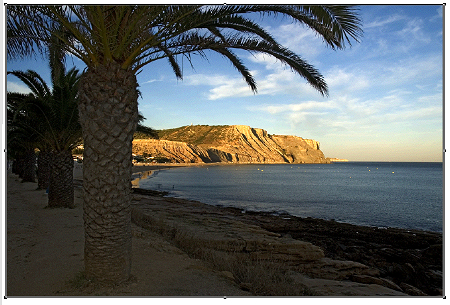 Praia da Luz literally means ‘The Beach of Light’. This was the name given to the village in Moorish times, when beacons were lit to warn fishermen of the approaching danger from the savage Moors. It has a 17th Century coastal fort at one end of the beach, which is now a restaurant; and the famous ‘black rock’ (Rocha Negra) cliff at the other. This is an intrusion of lava produced from the volcanoes of Monchique some 190 million years ago. Between the two landmarks is the beach, which is family friendly and has a life guard in the summer months.
Praia da Luz literally means ‘The Beach of Light’. This was the name given to the village in Moorish times, when beacons were lit to warn fishermen of the approaching danger from the savage Moors. It has a 17th Century coastal fort at one end of the beach, which is now a restaurant; and the famous ‘black rock’ (Rocha Negra) cliff at the other. This is an intrusion of lava produced from the volcanoes of Monchique some 190 million years ago. Between the two landmarks is the beach, which is family friendly and has a life guard in the summer months.
Sagres
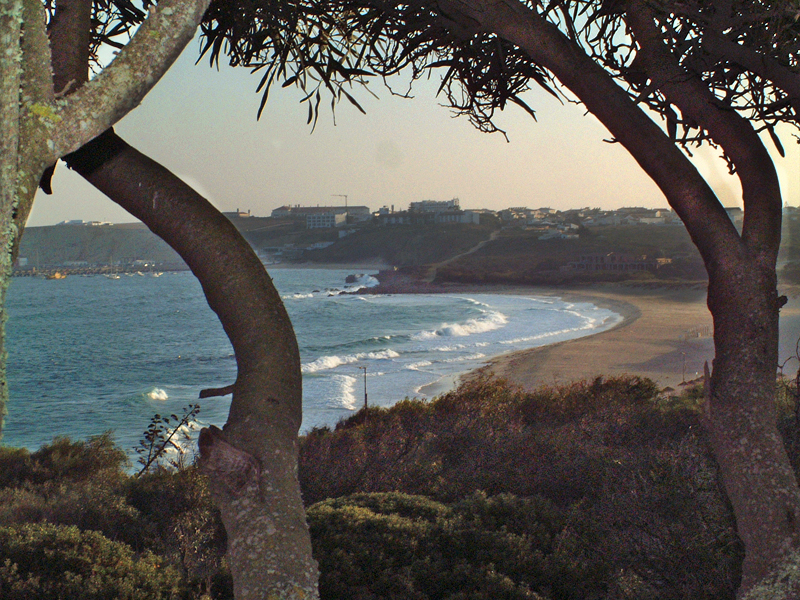 Sagres and Cape St Vincent - Sagres is where Henry the Navigator established his school of navigation. Visit the 17th Century fortress where you can stroll along the fortress walls and cliff paths. Cape St Vincent, on a beautiful rugged coastline, is the most south-westerly point of Europe. It has been an important reference point for shipping since the 15th Century and is the Cape off which Nelson defeated the Spanish fleet in 1797. The headland has many fascinating botanical species.
Sagres and Cape St Vincent - Sagres is where Henry the Navigator established his school of navigation. Visit the 17th Century fortress where you can stroll along the fortress walls and cliff paths. Cape St Vincent, on a beautiful rugged coastline, is the most south-westerly point of Europe. It has been an important reference point for shipping since the 15th Century and is the Cape off which Nelson defeated the Spanish fleet in 1797. The headland has many fascinating botanical species.
Salema
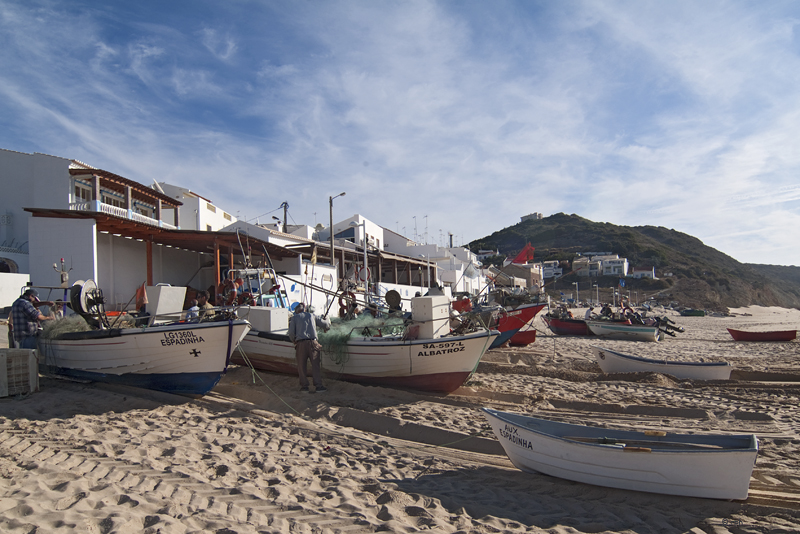 Salema, and its neighbour Burgãu, are traditional fishing villages where the locals still set out to sea in brightly painted boats in pursuit of fish and other seafood as they did a hundred years ago. The villages have absorbed the advance of tourism but have still retained their character. The steep streets of Burgau lead to a horseshoe shaped bay. Salema has a long sandy beach fronting the village. Both have good local amenities.
Salema, and its neighbour Burgãu, are traditional fishing villages where the locals still set out to sea in brightly painted boats in pursuit of fish and other seafood as they did a hundred years ago. The villages have absorbed the advance of tourism but have still retained their character. The steep streets of Burgau lead to a horseshoe shaped bay. Salema has a long sandy beach fronting the village. Both have good local amenities.
